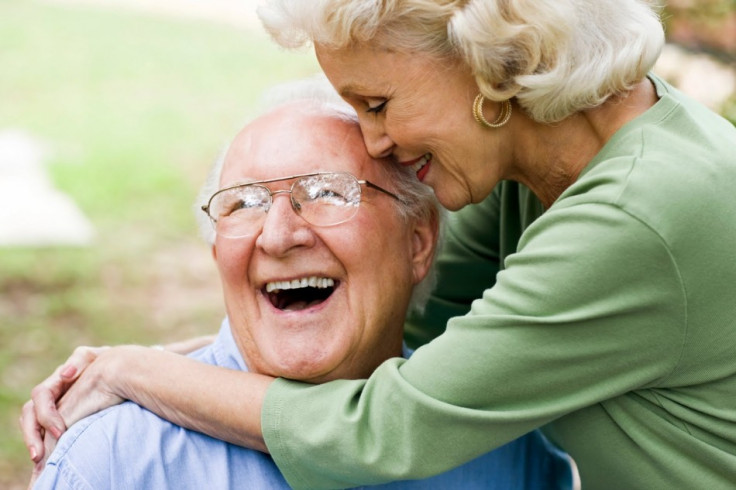Biological Match: Married Couples Share Genetic Similarities

Married couples share more genetic similarities than randomly selected individuals from the same population, according to a new study.
While scientists already knew that people tend to marry others who have similar characteristics, such as religion, race, income, body type and education, this is the first study examining similarities across the entire genome.
Researchers from the University of Colorado Boulder have now shown that people are more likely to pick mates who have similar DNA.
"It's well known that people marry folks who are like them," said Benjamin Domingue, lead author of the paper. "But there's been a question about whether we mate at random with respect to genetics."
For the study, the team used genomic data collected by the Health and Retirement Study, which is sponsored by the National Institute on Aging.
They examined the genomes of 825 non-Hispanic white American couples, looking specifically at single-nucleotide polymophisms, which are places in their DNA that are known to commonly differ among humans.
The researchers discovered that there were fewer differences in the DNA between married people than between two randomly selected individuals. Overall, they estimated genetic similarity between individuals using 1.7 million single-nucleotide polymorphisms in each person's genome.
The research showed that the preference for a genetically similar spouse, known as genetic assortative mating, is around a third of the strength of educational assortative mating.
In additional to education, people tended to pick spouses with similar characteristics, such as height.
"For example, people clearly care about height in picking partners. To the extent that tall people marry other tall people, that is going to result in genetic similarity among spouses. But it is difficult to know whether height or genes is driving this decision," Domingue told the Independent Online.
Related research published in Live Science has shown that people who have similar genetics are more likely to have a happier marriage. Also, the similarities in DNA may also help explain why older couples tend to look similar.
The recent findings could help scientists further understand genetic differences between human populations, as such statistical models often assume random mating.
"Of even greater value would be understanding the quantity of nonrandom mating that there is genetically with respect to the trait and how these associations have changed over time," the researchers wrote, as reported by Live Science.
Study authors noted that their research was limited by the fact it focused on opposite-sex, non-Hispanic white couples within the US.
"The results represented here only represent a first step in understanding the ways in which humans may assortively mate with respect to their genome," the researchers told the LA Times.
The study was published in the journal Proceedings of the National Academy of Sciences.
© Copyright IBTimes 2025. All rights reserved.






















